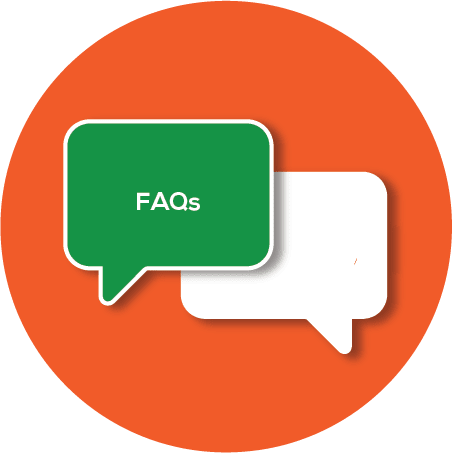Rrb 15mg Tablet 10s RIVAROXABAN
Introduction to Rrb 15mg Tablet 10s
Rrb 15mg Tablet 10s is a medication in tablet form primarily used to treat and prevent blood clots. It is effective in managing conditions such as deep vein thrombosis, pulmonary embolism, and reducing the risk of stroke in individuals with atrial fibrillation.
Composition of Rrb 15mg Tablet 10s
Rrb 15mg Tablet 10s contains Rivaroxaban as its active ingredient. Rivaroxaban works by inhibiting Factor Xa, a crucial protein in the blood clotting process, thereby preventing the formation of harmful clots.
Uses of Rrb 15mg Tablet 10s
- Treatment and prevention of deep vein thrombosis (DVT)
- Treatment and prevention of pulmonary embolism (PE)
- Reduction of stroke risk in atrial fibrillation
Side effects of Rrb 15mg Tablet 10s
- Common side effects: bleeding, bruising, nausea
- Serious side effects: severe bleeding, allergic reactions
Precautions of Rrb 15mg Tablet 10s
Rrb 15mg Tablet 10s may increase the risk of bleeding. It is not recommended for individuals with active bleeding, certain liver conditions, or those at high risk of bleeding. Always inform your doctor about your medical history and any other medications you are taking to avoid interactions.
How to Take Rrb 15mg Tablet 10s
Rrb 15mg Tablet 10s is typically taken as a tablet once daily with food to enhance absorption. The initial dose for adults is usually 10 mg, but your doctor may adjust it based on your condition and response to treatment. Follow your doctor's instructions for optimal results.
Conclusion of Rrb 15mg Tablet 10s
Rrb 15mg Tablet 10s, containing Rivaroxaban, belongs to the therapeutic class of anticoagulants. It is manufactured to treat and prevent blood clots, reducing the risk of serious conditions like stroke and pulmonary embolism. Always adhere to your doctor's guidance when using Rrb 15mg Tablet 10s for effective and safe treatment.

What foods should you avoid if you are on blood thinners?
Avoid taking grapefruit and grapefruit juice while taking Xarelto. The reason being, grapefruit contains compounds that slow down the metabolism of Xarelto and increase the activity leading to bleeding. On the other hand, if you are taking some other blood thinner like warfarin, you should avoid taking any food that increases the activity of vitamin K or increases the clotting of blood. Such food items may include spinach, brussels, sprouts, mustard greens, broccoli, asparagus and green tea. However, the use of these food items is not restricted with Xarelto.

What is Xarelto 20mg used for?
Xarelto is used in adults to: prevent blood clots in brain (stroke) and other blood vessels in your body if you have a form of irregular heart rhythm called non-valvular atrial fibrillation.

Can you still get blood clots on blood thinners?
Yes. Medications that are commonly called blood thinners — such as aspirin, warfarin (Coumadin, Jantoven), dabigatran (Pradaxa), Rrb tablet (Xarelto), apixaban (Eliquis) and heparin — significantly decrease your risk of blood clotting, but will not decrease the risk to zero.

How long can you stay on Xarelto?
If youre taking Xarelto because you were admitted to a hospital for an acute illness, youll take the drug for 31 to 39 days. If youre taking Xarelto to treat a deep vein thrombosis (DVT) or pulmonary embolism (PE), youll take the drug for 6 to 12 months.

How much is xarelto a month?
The list price of XARELTO® is $470 per month, but most patients pay between $0 and $47 per month. Actual out-of-pocket costs may vary based on dosing, indication, site of care, insurance coverage, and your eligibility for support programs.

Is xarelto bad for kidneys?
Xarelto and acute kidney injuries One of the severe side effects of Xarelto is that it can cause acute kidney injuries. In the past few years, medical researchers have recognized a new type of acute kidney injury: Anticoagulant-related nephropathy.













.svg)
